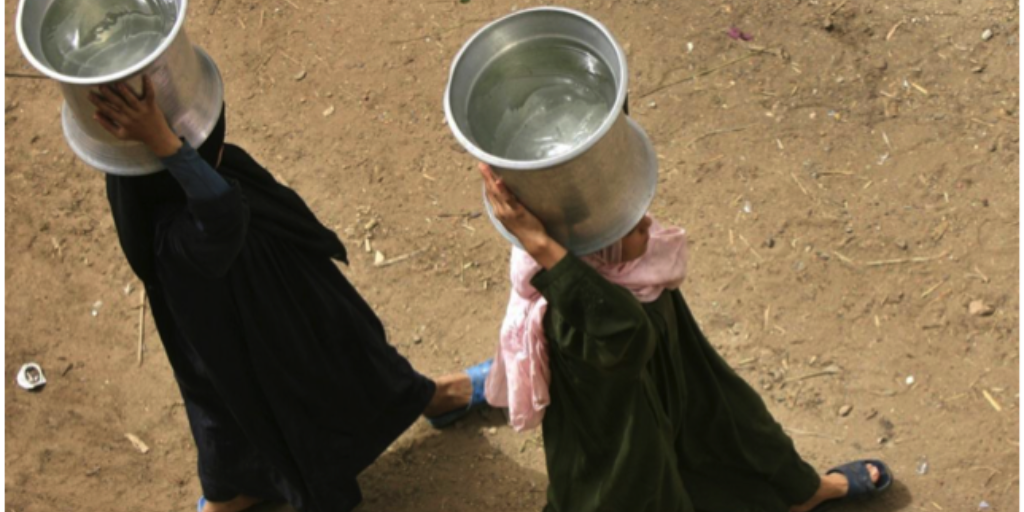The Middle East and North Africa (MENA) is a naturally diverse region. It includes some of the world’s largest reserves of oil and fossil gas, but it is poor in water resources and arable land. It is the only region in the world today to suffer from critical freshwater scarcity. In Egypt in particular, the low water availability, in combination with a fast-growing population and inefficient water use – especially in the agricultural sector – leads to an average amount of water per capita that is far below the scarcity level. What’s more is that the total water demand is forecasted to increase by 50 percent between 2000 and 2025, while per capita water availability will fall by half by 2050. It therefore doesn’t come as a surprise that the major environmental challenges that the region faces and will continue to face are water scarcity, land degradation (including desertification), coastal and marine environment degradation, and air pollution – all amplified because of climate change. Within any nation, water scarcity is a major constraint to development. Therefore, water quality is emerging today as an important issue and is of growing concern…
Climate Change in the MENA Region: Implications for Egypt, Solutions for Today and Tomorrow
May 10, 2016



